1. TikTok and Neon Nostalgia Fuel a Skating Renaissance
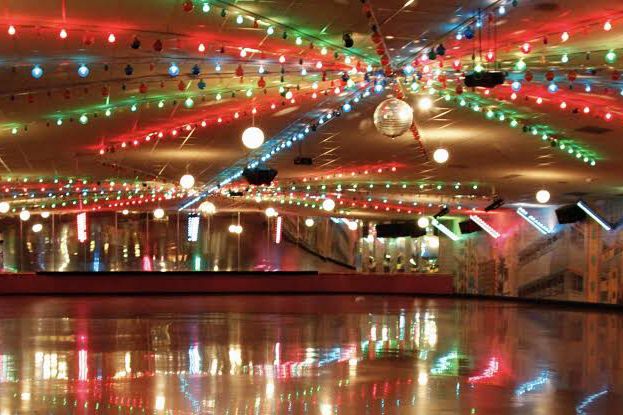
What once felt like a relic of the ’80s and ’90s is suddenly one of the coolest trends in active leisure, largely thanks to TikTok. The platform is saturated with videos of skilled skaters gliding, dancing, and performing tricks to disco and R&B tracks, transforming roller skating into a visually engaging and aesthetically pleasing form of self-expression. This digital resurgence has driven actual foot traffic back into roller rinks, with enthusiasts craving the authentic experience of the classic venues, complete with colorful, flashing lights, funky patterned carpets, and the distinct smell of popcorn and oiled wood floors. This neon-tinged nostalgia connects people of all ages to a simpler, more carefree time, proving that the thrill of skating is a truly timeless pleasure. New skaters are picking up the hobby, while older generations are dusting off their old skates, creating a vibrant, multi-generational community both online and on the rink floor.
2. Pop-Up Rinks Are Transforming Urban Green Spaces
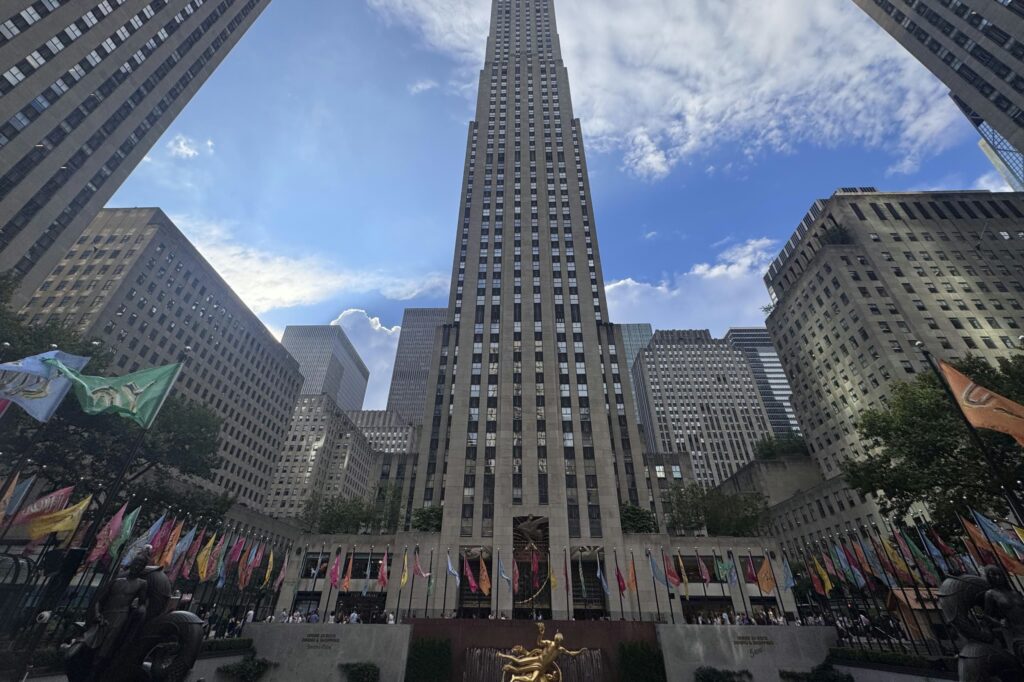
The return of roller skating isn’t confined to existing brick-and-mortar rinks; it’s spilling out into the streets and parks with a boom in pop-up rinks. Cities like New York and Chicago have embraced this roller disco culture revival by installing seasonal outdoor rinks in high-traffic areas, including downtown plazas, city parks, and even historical landmarks. For instance, Rockefeller Center in Manhattan famously swapped its winter ice skating setup for a roller rink during the warmer months, demonstrating the broad appeal of skating as a dynamic, seasonal activity. These temporary venues create a vibrant, communal atmosphere, turning otherwise ordinary public spaces into festive entertainment zones. They draw in locals and tourists alike, offering a novel way to experience the city and proving that the thrill of skating works just as well under the summer sun as it does under the glow of indoor strobe lights.
3. New Venues Are Opening Nationwide, Like Roller Land
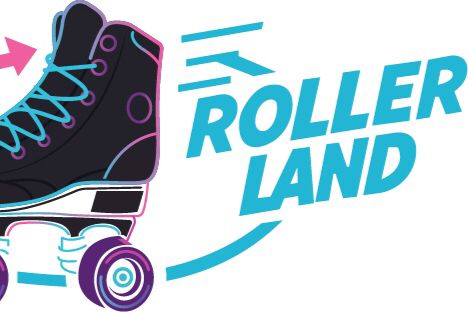
Far from being a mere flash of nostalgia, roller skating has become a genuinely booming business strong enough to inspire the creation of entirely new venues. This revival demonstrates that demand isn’t just about revisiting old places but about establishing new, modern hubs for the activity. A prime example is the opening of venues like Roller Land in Connecticut, a brand-new indoor facility built from the ground up to cater to this fresh wave of enthusiasts. These modern rinks are often designed with a specific party atmosphere in mind, featuring state-of-the-art sound systems, striking neon accents, and curated music playlists that blend classic disco and funk with modern chart-toppers. The investment in new infrastructure solidifies the comeback, ensuring the experience is available to a whole new generation of skaters who are looking for a fun, social, and active way to spend their time.
4. The Classic “Reverse Skate” Call Unites Generations
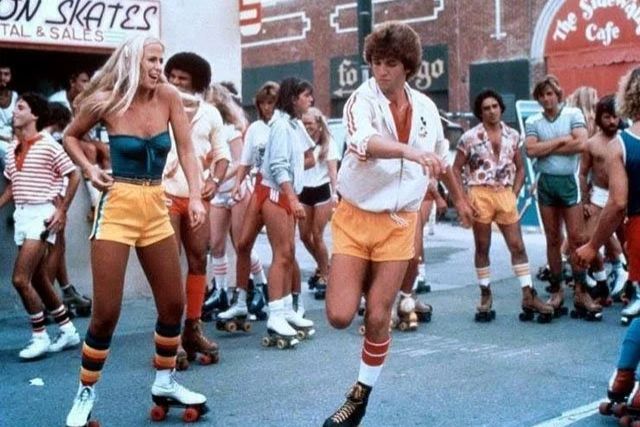
A fundamental and beloved tradition of the roller rink experience is the “reverse skate” call, where the DJ instructs everyone on the floor to immediately change direction. If you remember hearing this iconic instruction mid-skate, you’ll be happy to know the tradition is still very much alive. This simple, spontaneous moment adds a unique, playful energy to the floor and is a fun custom that links the current skating craze directly to its roots in the ’70s, ’80s, and ’90s. Today, however, the soundtrack has broadened beyond pure disco. While classics remain, the music now regularly blends old-school funk and R&B with modern hip-hop, pop, and electronic dance tracks, making the tradition timeless, more inclusive, and appealing to a wider, more diverse audience. It’s a perfect example of how the best parts of retro culture can adapt and thrive in a contemporary setting.
5. Alleys Are Reinventing Themselves as Upscale Lounges
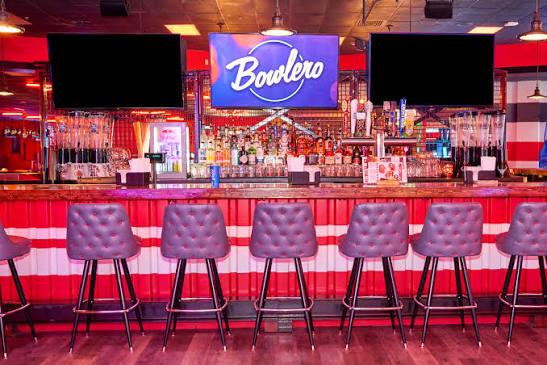
Modern bowling alley chains are performing a radical transformation, moving away from the old, smoke-filled, purely utilitarian image to become upscale “entertainment lounges.” Chains like Bowlero and Lucky Strike are leading this movement, revamping their venues with a focus on a high-end social experience. The new aesthetic includes comfortable features such as leather couches, stylish neon art installations, and sophisticated lighting, completely changing the environment. Critically, the food and beverage offerings have been upgraded, featuring craft cocktails, gourmet appetizers, and quality dining options. While the core sport remains the same, the entire vibe has been reimagined for a new audience that expects a full-service, aesthetically pleasing nightlife and leisure experience, successfully bridging the gap between sports venue and trendy hangout.
6. Bowling Remains One of America’s Most-Played Sports
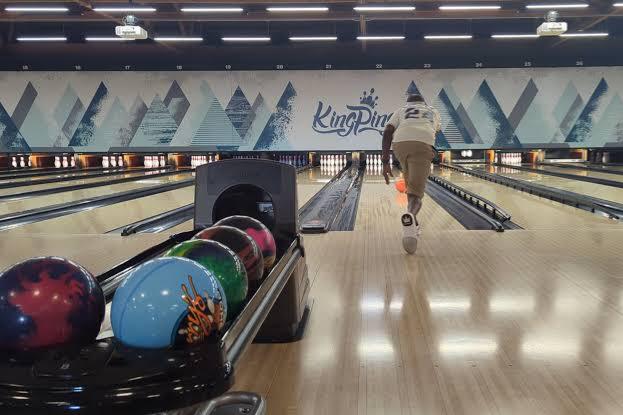
Despite the ebb and flow of cultural trends and the rise of digital entertainment, bowling has consistently remained one of America’s most-played participatory sports every year. The longevity of bowling is a testament to its broad appeal as an accessible, low-impact activity that requires minimal specialized equipment or training. Millions of Americans, from families on weekend outings to friends meeting up after work, still bowl at least once annually. This enduring participation provides a powerful foundation for the current retro revival; the pastime never truly disappeared but was simply perfectly positioned to thrive as people seek out tangible, social experiences. The ongoing popularity proves that the sport itself is a core component of American leisure, ensuring it’s not merely a nostalgic curiosity but a firmly established activity ready to welcome new generations into its freshly renovated venues.
7. Pinstripes Adds Trivia, Yoga, and Live Music to the Mix
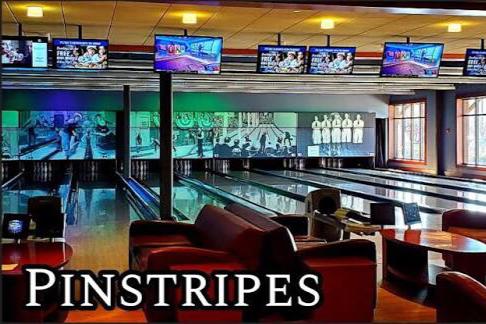
The modern bowling alley is rapidly evolving beyond just the lanes and into a multi-purpose social and community hub. Chains like Pinstripes exemplify this shift by incorporating a diverse range of activities that extend far beyond strikes and spares. In addition to high-end bowling, these venues often feature attractions like bocce courts and large, comfortable patio areas. Crucially, they serve as community centers by hosting regular events such as trivia nights, live band performances, and even morning yoga classes. This expansion of offerings means the space is generating revenue and drawing crowds throughout the week and across different dayparts, not just during peak evening hours. Bowling lanes have become versatile social spaces where a visitor might roll a ball, attend a corporate team-building event, and then sip a latte or craft beer, blending sport, dining, and culture.
8. League Night Has Transformed into Date Night and Team-Building
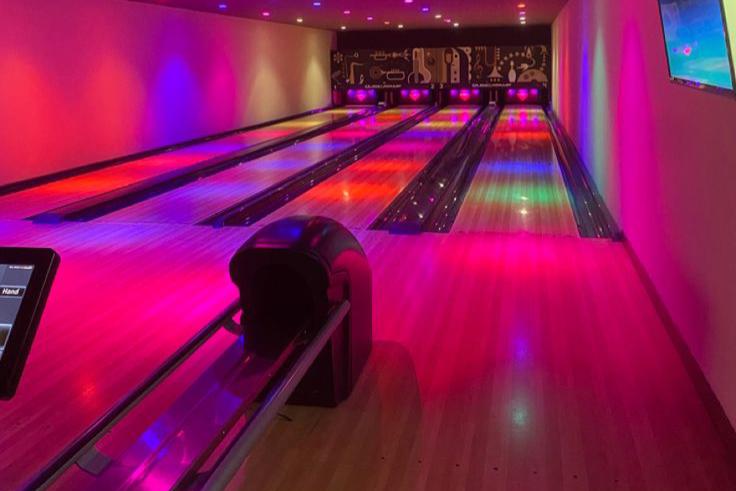
While traditional, competitive bowling leagues may have seen a decline in recent decades, the underlying purpose of the alley, as a place for social bonding and gathering, is thriving for new reasons. The social function of bowling has successfully transformed. People are now flocking back to alleys, not necessarily to compete for trophies, but for more casual and intimate reasons. It has become a highly popular, low-pressure option for first dates and casual date nights, offering an interactive activity that’s more engaging than simply sitting in a bar or restaurant. Furthermore, corporate offices regularly rent out lanes for team-building events and office parties, recognizing the sport as a fun, inclusive activity that promotes camaraderie. This adaptation from structured league play to flexible social and corporate gathering spot shows how bowling has maintained its relevance by meeting the modern demand for experiential, shared entertainment.
9. Drive-Ins Roared Back as a Safe Pandemic Activity
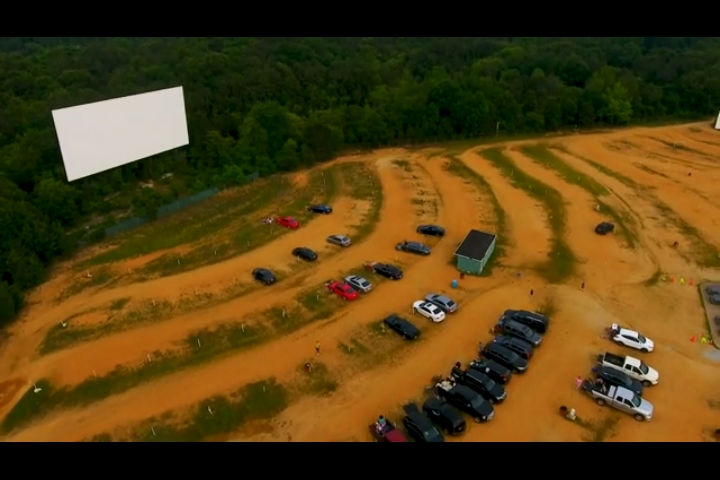
The drive-in theater experienced a massive resurgence during the 2020-2021 period when indoor movie theaters and other entertainment venues were temporarily closed. Because the activity is naturally socially distanced, allowing patrons to stay safely within their own vehicles, drive-ins provided one of the few ways to collectively watch movies outside the home. This period allowed a new generation to discover the unique charm of the experience. Families rediscovered the simple magic of parking under the stars, setting up camp with their own snacks, and tuning the car radio to the correct frequency for the sound. Though indoor theaters have reopened, the positive experience stuck, proving that the drive-in offers a nostalgic, communal, yet private viewing environment that many people are actively choosing to preserve and enjoy long-term.
10. Many Venues Now Add Food Trucks, Concerts, and Theme Nights
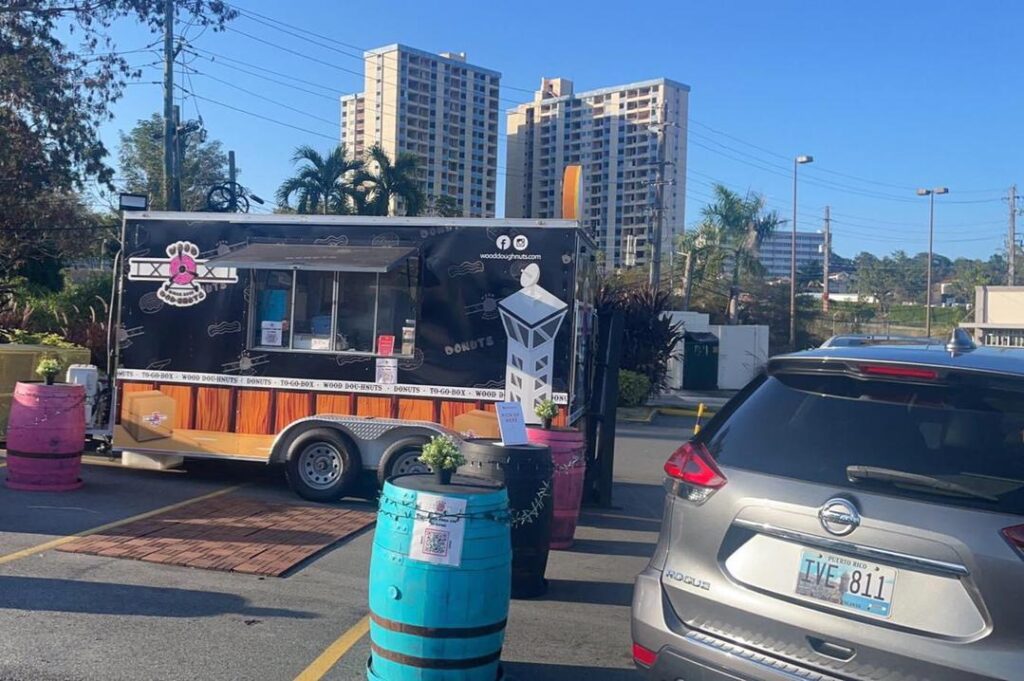
The modern drive-in is evolving from a simple movie venue into a versatile, multi-purpose event space. Recognizing that a giant outdoor screen and a large parking lot can host more than just feature films, many venues have creatively expanded their offerings to increase their appeal and revenue. They regularly bring in local food trucks to provide diverse and high-quality dining options, elevating the snack bar experience. Furthermore, drive-ins are now utilized as unique open-air venues for live music concerts, stand-up comedy shows, and themed holiday screenings (like Halloween or Christmas classics). This reinvention means the classic, car-based experience now feels less like a traditional movie theater and more like a curated community festival, drawing crowds for various events throughout the week and diversifying the6 cultural experience offered to patrons.
11. Classics Like Mission Tiki Are Iconic Cultural Landmarks
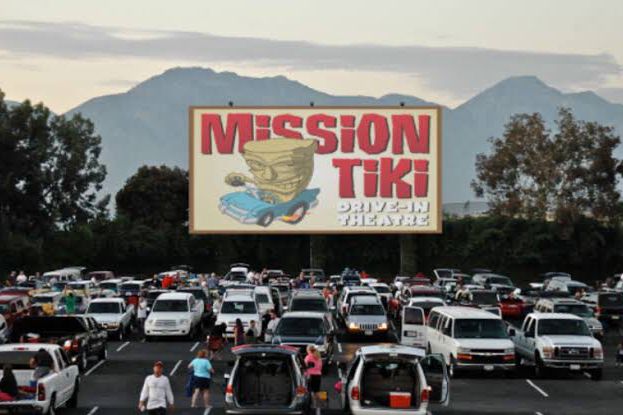
Long-standing drive-in theaters that have weathered decades of changing cinema habits are now being recognized and celebrated as vital cultural landmarks. In places like Southern California, the Mission Tiki Drive-In, a venerable institution, exemplifies this trend. Despite facing the threat of extinction many times over the years, these retro gems are now thriving by capitalizing on their inherent nostalgia and the new demand for experiential outings. They actively foster a community feel by hosting themed weekends, car shows, and special events that draw dedicated crowds. Preserving these venues is about more than just showing old movies; it’s about celebrating an iconic slice of Americana. The success of these classic locations reminds people that the drive-in experience is a unique, tangible cultural asset worth preserving for future generations.
12. Streaming Can’t Compete with Watching Under the Stars
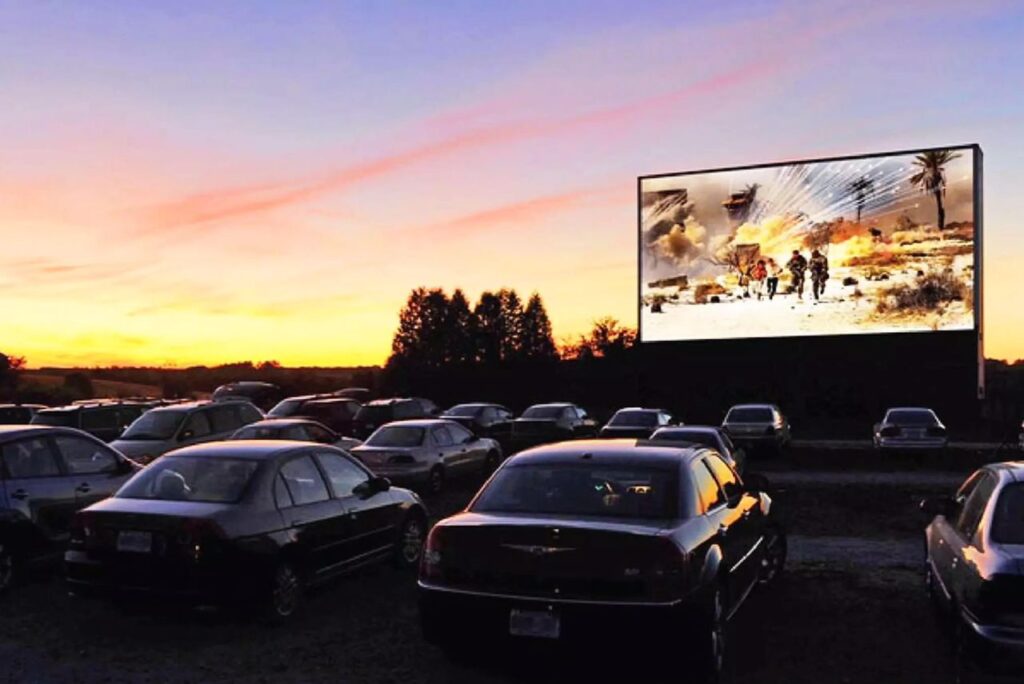
In an era defined by hyper-convenient streaming services, the drive-in theater offers a crucial element that a massive home television setup cannot replicate: a shared, communal, and atmospheric experience. While Netflix and other platforms offer endless choice, they isolate the viewer. The drive-in, conversely, brings families, couples, and friends together into a collective, open-air environment. There is a palpable, magical energy created by watching a film on a giant screen under the open night sky, with the glow of the screen reflecting off the surrounding cars. This combination of giant visuals, open skies, and a collective energy makes the drive-in an experience defined by its setting and social structure, qualities that streaming simply cannot touch. It proves that entertainment is often less about the content and more about the unique context in which it is enjoyed.
13. Polaroid Relaunched and Found New Life in the 2010s
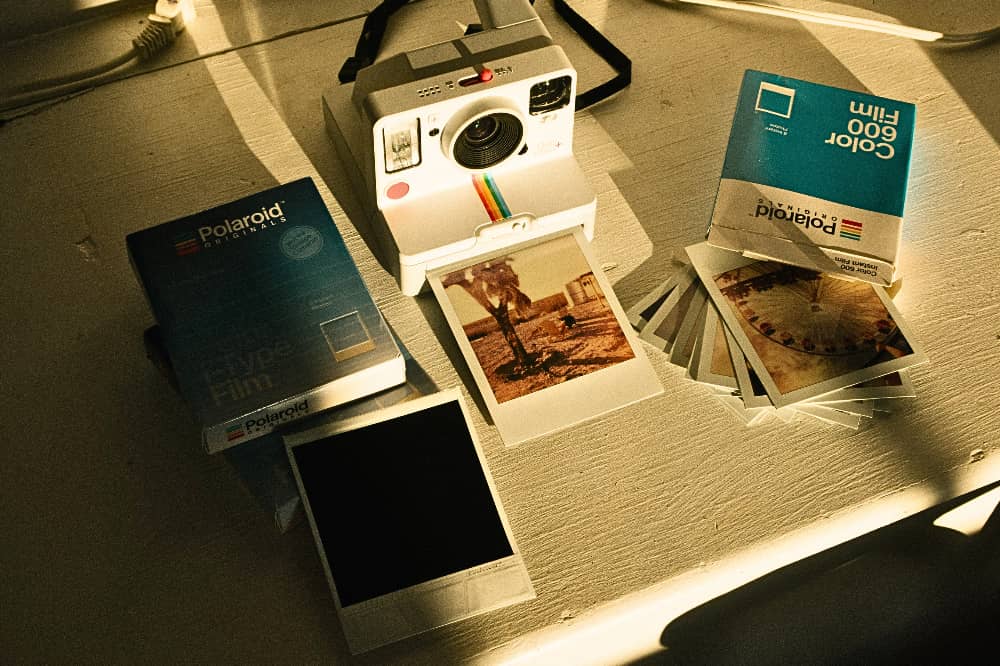
The original Polaroid instant photography brand staged a significant comeback when Polaroid Originals (now just Polaroid) relaunched the concept of instant film in 2017, taking over the last remaining factory to produce film for classic and new cameras. This strategic move re-introduced the tactile joy of instant photography to a new digital-native audience. The appeal lies in the deliberate, slow nature of the process: snapping a photo, waiting for the chemical process to happen, and holding a small, physical print. In a world saturated with ephemeral, algorithmically enhanced smartphone photos, the physical, unique nature of a Polaroid print, complete with its signature white border, feels fundamentally more authentic and precious than any filtered digital image, driving steady sales and sustained interest.
14. Fujifilm Instax Is a Gen Z Party Essential

While Polaroid maintains the original nostalgia cred, the Japanese brand Fujifilm Instax has become the dominant player in the modern instant camera scene, particularly resonating with Generation Z. Instax cameras, with their playful colors, accessible price points, and widely available film, have seamlessly integrated into the social lives of young adults. They are now considered a Gen Z party essential, frequently used at birthday parties, graduations, concerts, and spontaneous gatherings. For this generation, the instant photo is less about retro irony and more about genuine social currency. The resulting print is often immediately shared, pinned to a corkboard, or given as a memento, acting as a tangible, physical souvenir of the moment that is more personal and less disposable than a quick snap on a smartphone camera roll.
15. Watching a Photo Develop Never Loses Its Magic
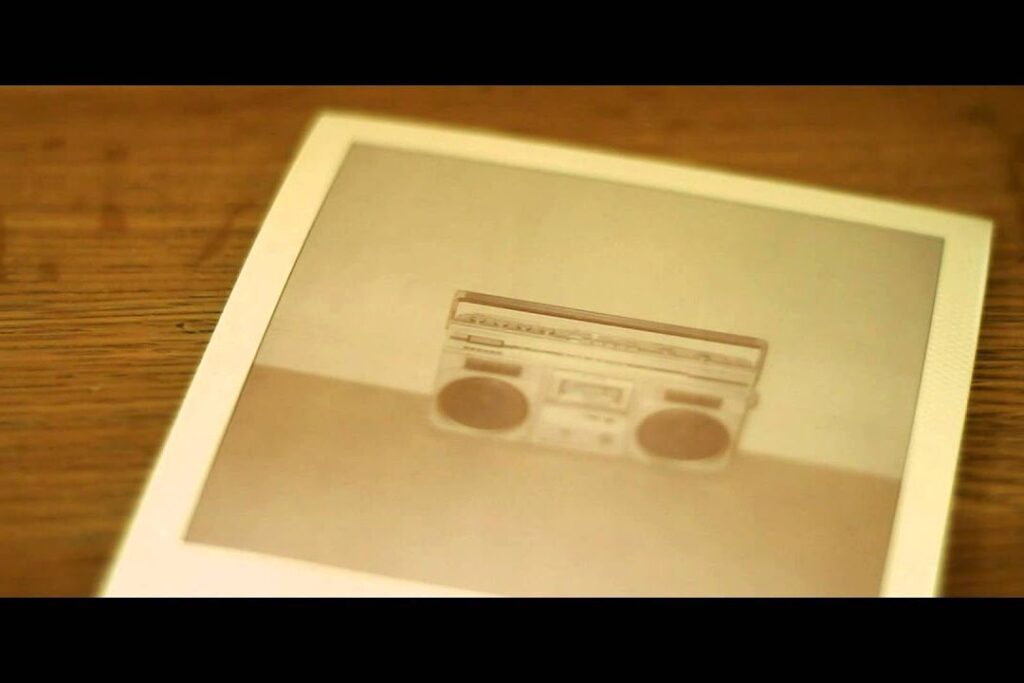
The process of instant film developing is a ritualistic step that profoundly distinguishes it from digital photography. Unlike the instant gratification of snapping and previewing dozens of digital photos, instant film forces the user to embrace patience and anticipation. That moment of waiting, when the blank white print slowly begins to reveal shapes and then fade into full color, is captivating and adds a layer of significance to the final image. This element of controlled chance means that the physical print is cherished more; it becomes a memorable artifact that captures not just the visual scene, but the entire event of taking the picture. Flaws, light leaks, and slightly imperfect colors only add to its charm, making the instant print a unique, personal piece of art.
16. Arcade Bars Are Booming Across the Country
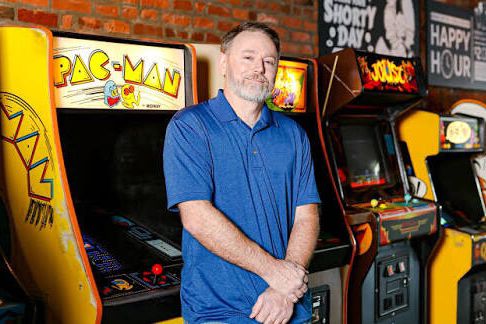
A major driver of the retro gaming revival is the rise of the “barcade” or “arcadium,” which expertly blends classic arcade cabinets and pinball machines with a modern nightlife environment. These venues combine the nostalgia of games like Pac-Man, Donkey Kong, and Mortal Kombat with a curated selection of beer taps, craft cocktails, and a distinct neon-lit atmosphere. This combination successfully offers the best of both worlds: it appeals to older millennials who grew up with quarters and high scores, providing a dose of authentic nostalgia, and it offers a new, uniquely retro-cool vibe for younger Gen Z crowds looking for interactive entertainment. Barcades have become popular social gathering spots, proving that the competitive, fast-paced thrill of physical arcade gaming pairs perfectly with a modern adult social setting.
17. Pinball Machines Are Being Restored as Art Pieces
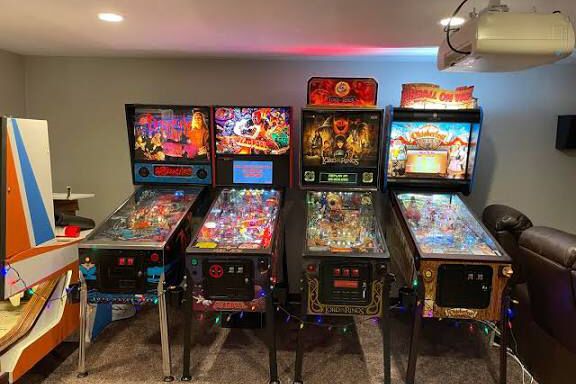
The resurgence of pinball is partly fueled by a dedicated community of collectors and enthusiasts who are treating vintage pinball machines not just as games, but as interactive works of art and historical artifacts. These machines, complex, glowing, buzzing cabinets that combine electromechanical engineering with vibrant, custom artwork, are being meticulously restored to their former glory and displayed in homes, specialized arcades, and museums. The effort put into restoring these machines, which often feature intricate backstories, unique mechanisms, and specific themes (from rock bands to movies), elevates them beyond simple leisure devices. They represent a golden era of gaming design and craftsmanship, demonstrating that the physical, kinetic beauty of these machines makes them interactive sculptures celebrating a unique period in entertainment history.
18. Retro Gaming Thrives When Mixed with Modern Nightlife

The modern arcade revival is less about pure gaming and more about the successful fusion of retro gaming culture with contemporary nightlife. Venues capitalize on this blend by hosting social events like specific game tournaments, such as Mortal Kombat bracket challenges or team Mario Kart nights. By adding an element of craft beer, cocktails, and communal gathering to the gaming experience, the classic “game night” is transformed from a quiet evening at home into an electric, social outing. The simple act of holding a joystick or controller is made more engaging when paired with a drink and surrounded by friends, creating a vibrant, energetic atmosphere that successfully integrates the joy of old-school competitive play into a desirable adult social scene.
This rolling wave of nostalgia proves that the best entertainment often requires an element of adapting, evolving, and thriving by offering a much-needed break from the isolating convenience of digital life. Whether you’re lacing up skates or dropping a quarter in a slot, these retro revivals invite us all to slow down, socialize, and rediscover the joyful simplicity of play.
This story 18 Ways Retro Fun Is Rolling Back Into Our Lives was first published on Daily FETCH


